36 “Old Dog Blue” by Jim Jackson
13May 17, 2010 by gadaya
Jim Jackson’s world
Here’s Jim Jackson’s biography (found on the web):
“Jim Jackson’s Kansas City Blues,” was one of the biggest selling blues hits of the 1920’s, and made him quite the popular performer in this time frame. A colorful character known for his sparse accompaniment of guitar, and primordial vocal style, he was an important figure in the evolution of the blues.
Born circa 1884, in Hernando, Mississippi, a small town twenty miles south of Memphis, Jackson was raised on a farm. Jackson’s father taught the youth to play the guitar, a skill he would use to earn a living. Local guitarist Frank Stokes was also an influential figure to young Jackson. Around 1905, Jackson gained employment as a singer, dancer, and musician in medicine shows. The medicine show was a time-honored American tradition that employed entertainers to draw a crowd to a tent or wagon where vendors hawked alcohol-based patent medicines. By 1912, Jackson was playing local dances, parties, and fish fries, often pairing with Gus Cannon of Cannon’s Jug Stompers or fellow Hernando native Robert Wilkins.
Jackson began traveling with minstrel shows in 1915, performing with the Silas Green Minstrels, the Rabbit Foot Minstrels, and the Abbey Sutton show intermittently until 1930. Minstrel shows, which had been popular during the nineteenth century, featured dancers, musicians, magicians, and comedians all performing under a tent. Jackson was a favorite; his large stage presence, stentorian voice, and friendly demeanor drew substantial crowds whether from a stool, soapbox, or flatbed truck. Like Leadbelly, Jackson had command of hundreds of songs including blues, ballads, vaudeville numbers, and traditional tunes of the nineteenth century. He has been called the greatest repository of pre-blues songs among all recorded musicians.
When not traveling with minstrel shows, Jackson played the clubs on Beale Street, W.C. Handy’s stomping ground in Memphis. Teaming with Gus Cannon or younger players such as Furry Lewis and future Memphis Jug Band guitarist Will Shade, Jackson played Pee Wee’s, Big Grundy’s, and possibly the Monarch Club. His popularity and proficiency landed him a gig at Memphis’s prestigious Peabody Hotel in 1919.
In 1927 Jackson’s performing popularity led noted Jackson, Mississippi, talent scout H.C. Speir to sign him to a recording contract for the Paramount Record Company. Believing Jackson to be a “cocaine head,” Speir sold the contract to talent scout Loren Watson of the Vocalion label. In Chicago, on October 10, 1927, Jackson waxed one of his most requested tunes, “Jim Jackson’s Kansas City Blues, Parts 1 & 2,” for Vocalion. Released in December of that year, it was one of the most popular blues titles ever released. Latter day record collectors have discovered many surviving 78s of the song, prompting speculation that it was one of the first million-selling records. Vocalion rushed Jackson back into the studio in January 1928 for a follow-up session that included “Kansas City Blues, Parts 3 & 4” and eight other titles. Perhaps because of his increased popularity, Jackson moved to Memphis that month, living at 1150 Grant Street on the city’s north side. Later that year the Victor label sent a field recording team to the Memphis Auditorium where Jackson recorded the bawdy “I’m Wild About My Lovin’” and the comic “I Heard the Voice of a Pork Chop,” two songs of likely medicine show origin.
Jackson’s recorded material is firmly rooted in nineteenth-century style and structure. Certainly his guitar-strumming technique distinguishes him from younger finger-picking contemporaries like Furry Lewis, Robert Wilkins, andTampa Red. Likewise, Jackson’s recorded blues lack the personal viewpoint of later musicians such as Charley Patton, who recorded a version of “Kansas City Blues” as “Going To Move To Alabama”; instead, Jackson relied upon the comedic twists, old familiar themes, and lyric couplets known to much of his audience. Jackson’s popularity gained him an appearance in King Vidor’s all-black, 1929 film Hallelujah! His popularity was phenomenal – he waxed fifty titles in less than three years – but it quickly waned with the onset of the Great Depression. Jackson’s last recording session was in February 1930, and soon afterward he moved back to his hometown of Hernando. During the 1930s, Jackson continued to perform in traveling shows with occasional appearances in Memphis.
Jim Jackson died in Hernando, Mississippi, in 1937.
–To hear Jim Jackson’s complete recordings, click here.
The Old Blue Variations
The song about the “Old Dog Blue” that Jim Jackson sang in 1928 is the kind of folk song that seems to have always been around, the story of a country man and his old and faithful dog, who helps him hunt possums and sleep at his feet. When the old dog dies, the man dig him a grave (“with a silver spade”) and imagine his pet friend hunting possums in “The Promised Land” or “in Noah’s Ark”. In some versions of the song, he eventually wants to join him in heaven (“Oh Blue, I’m coming too”). The song originated probably during the minstrel shows at the end of the 19th century and judging by the style and form of the song,it was certainly the creation of black performers. As mentioned above in his biography, Jim Jackson was a regular performer at minstrel shows and he included some minstrel songs in his repertoire. Another performer of the song and fellow Memphis Blues musician of these years was Furry Lewis. In his version of “Old Blue”, Furry introduces the song by telling how he play it on the guitar “just like a banjo” and later in the song he talks about his days in the minstrel shows, how he throwed his guitar up in the air while playing and how he “called for Blue” with his guitar. Some old black banjo players like Irvin Cook and Dink Roberts played versions of the song too. The melody of the song is very simple and repetitive and was probably created on the 5-string banjo originally, with the singer hammering a little riff between each verse. And like a lot of the songs on the Anthology, it can also be a children’s song. Many singers during the Folk revival of the 50’s and 60’s played “Old Blue” (see on my compilation Joan Baez, Larry Mohr, Pete Seeger, Guy Carawan, Ramblin Jack Elliott, Cisco Houston…).
-I’ve compiled 25 different versions of “Old Blue”, from folk singer’s versions to Bluegrass, from folk-rock (The Byrds) to field recordings of black banjo players (Irvin Cook and Dink Roberts) and young girls singing (The Scruggs sisters). A stunning recent version by The Little Brothers with a banjo and a bluesy fiddle is included too. Enjoy!
- Old Blue Layne Brooks Doggone Country Favorite Songs About Dogs

- Old Blue Furry Lewis Shake ‘Em On Down
- Old Blue Larry Mohr Odetta “The Tin Angel”
- Old Blue Guy Carawan Songs with Guy Carawan
- Old Blue Ramblin’ Jack Elliot In Concert
- Oh, Blue Mike, Peggy, Barbara & Penny Seeger With Their Children Animal Folk Songs for Children and Other People!
- Old Blue Johnny Duncan, The Bluegrass Boys Vintage Rock Nº 23 – EPs Collectors “Johnny Duncan’s Tenness
- Old Blue Dave Bragman Songbook, Vol. 4
- Old Blue Cisco Houston Songs to Grow On, Vol. 3: This Land is My Land
- Old Blue Joan Baez Donna Donna
- Old Blue Anne Hills Never Grow Up
- Old Blue Matthew Sabatella and the Rambling String Band America Singing (Ballad of America Volume 2)
- Old Blue The Dillards Bluegrass Classics
- Old Blue Sam Hinton Whoever Shall Have Some Peanuts
- Old Blue Dink Roberts Black Banjo Songsters Of North Carolina And Virginia
- Old Blue The Byrds Stamping Ground (Kralingen Music Festival)
- Old Blue Pete Seeger American Favorite Ballads, Vol. 3
- Old Dog Blue Lonnie Pitchford The Harry Smith Connection: A Live Tribute to the Anthology
- Old Blue Dave Van Ronk Somebody Else, Not Me
- Old Dog Blue The Little Brothers Walked All the Way Back Home
- Old Blue Panhandle Polecats Skunked Again!

- Oh Blue Thelma, Beatrice and Irene Scruggs Old Mother Hippletoe
- Blue Betsy Rutherford Traditional Country Music
- Old Blue Irvin Cook Virginia Traditions: Non-Blues secular black music
- Old Dog Blue Jim Jackson Anthology Of American Folk Music, Vol. 2A: Social Music
 (Pictures: Guy Carawan’s lp and Leonard Bowles with Irvin Cook)
(Pictures: Guy Carawan’s lp and Leonard Bowles with Irvin Cook)

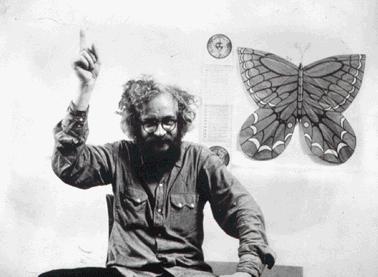







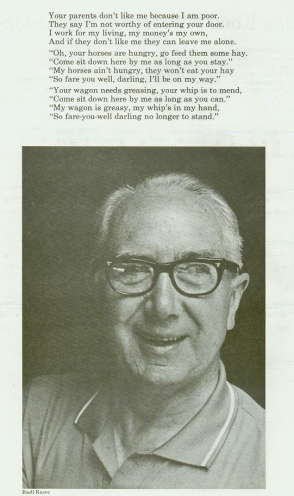
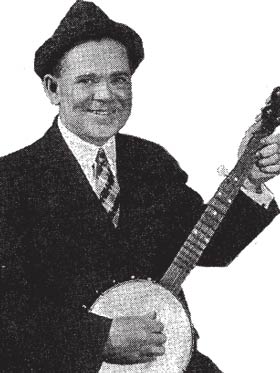
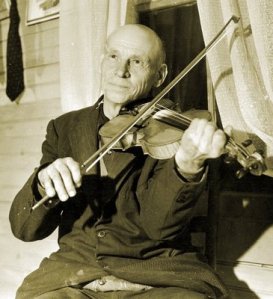


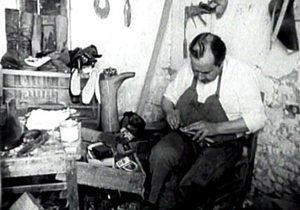
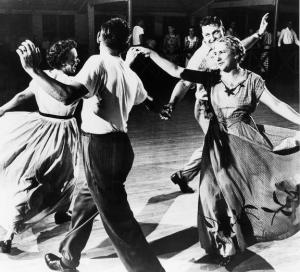
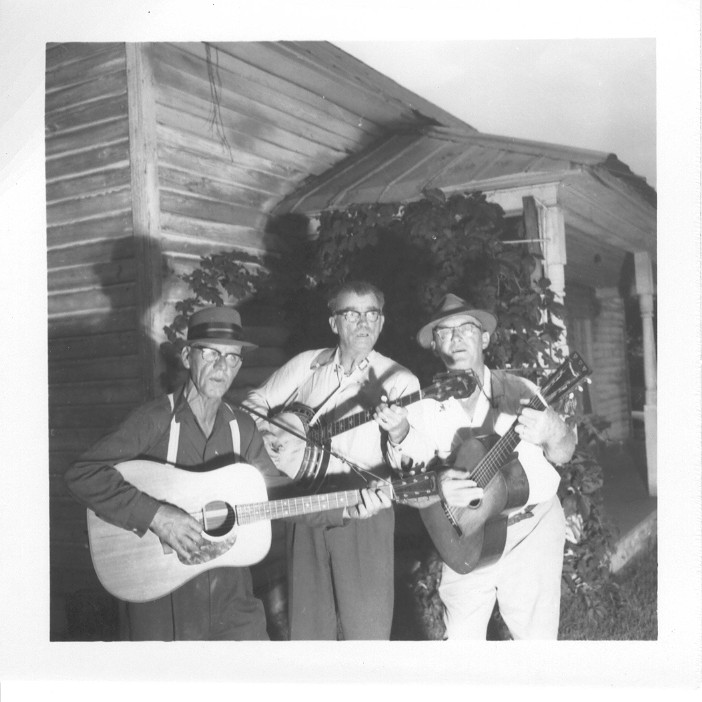



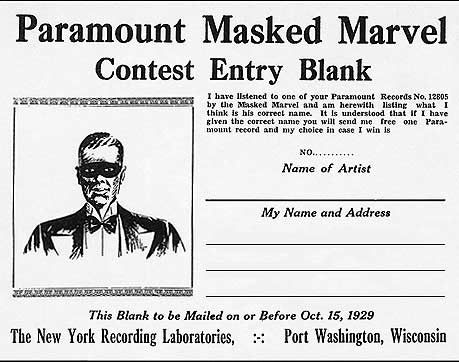

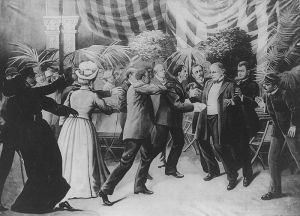





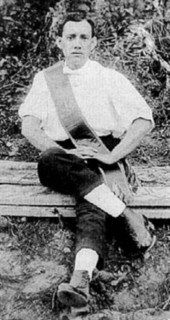
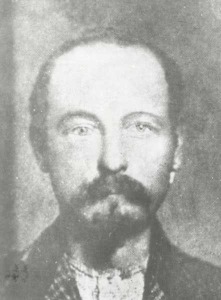
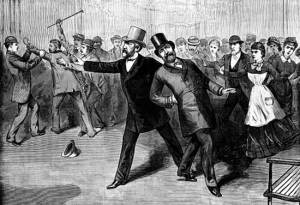
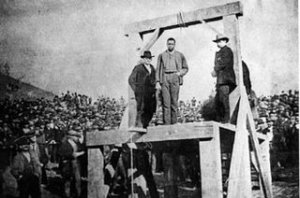
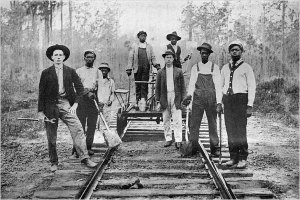

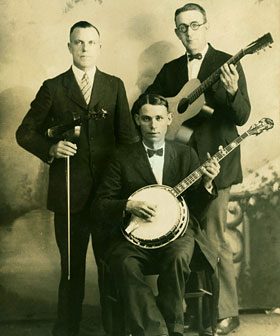





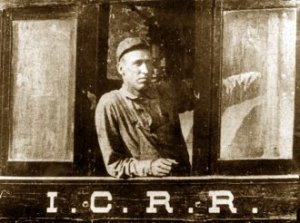





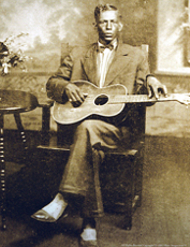
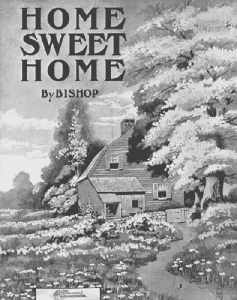



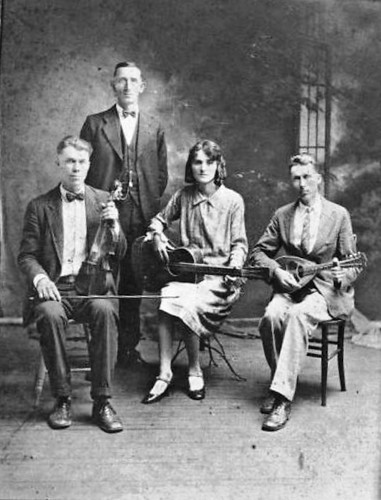




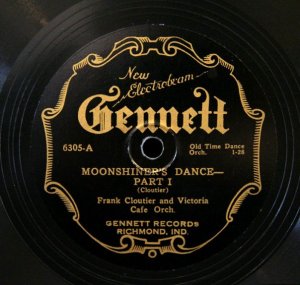











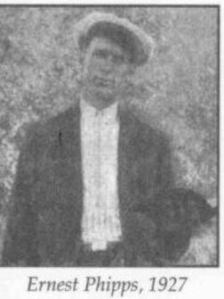






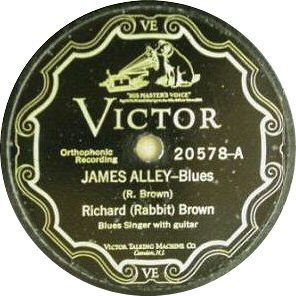
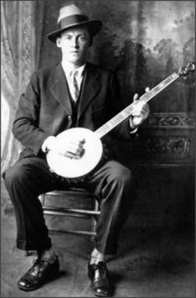


Hi. I love this site. The Anthology is what got me hooked (hard) on folk and old-time music. Thanks for including our version of “Old Blue” on your list (#12).
Matthew Sabatella and the Rambling String Band
See: this is why I love your blog! Actually, one of my favorite versions of “Old Blue,” by T Texas Tyler, isn’t reflected here, but I’m glad to find out about some of these other renditions.
This series continues to astound and amaze me. Thank you so much for all your hard work . . . really one of the best music blogs anywhere. Thank you. The Old Blue Variations.zip, however, won’t download for some reason. Mediafire is usually great and fast (and the others still work) but this one just hangs. Any ideas? Again, thanks for all your hard work on this innovative site.
I’m pretty sure Neil Young’s song “Old King” is a direct evolution from “Old Dog Blue”:
That old King was a friend of mine
Never knew a dog
that was half as fine
I may find one, you never do know
‘Cause I still got a long way to go.
I had a dog and his name was King
I told the dog about everything
Old King sure meant a lot to me
But that hound dog is history.
King went a-howlin’ after deer
Wasn’t scared of jumpin’
off the truck in high gear
King went a-sniffin’
and he would go
Was the best old hound dog
I ever did know.
Excellent post to an excellent website . . .one of the best music blogs anywhere. Thank you for all your hard work. Can’t seem to download from mediafire the variations, tho. Any help on this? Thanks.
Thanks for the info. I never knew that much about him 😀
Hi. The blogger link is dead. Also, your blog rules. That is all.
You have a fantastic blog. I came across the Guy Carawan version of “Old Dog Blue” recently, and recalled that it was on a compilation of children’s songs released by Disney that I grew up with… so I started hunting around for the history of this song, and bam — found your site.
[…] on old folk, blues, and country inspired by Harry Smith’s Anthology of American Folk Music, The Old, Weird America is a blog that’s worth your time. […]
[…] but here’s one, if you’re interested in hearing it. A website with a post titled Jim Jackson’s Old Dog Blue has a list of 25 variations of this song. The important thing to focus on is the use of these […]
[…] City Blues” was first recorded by Jim Jackson (see “Old Dog Blue”) nine days earlier and was his big hit song and one of the most popular Blues song to come out of […]
[…] and here’s another, if you’re interested in hearing it. A website with a post titled Jim Jackson’s Old Dog Blue has a list of 25 variations of this song. The important thing to focus on is the use of these […]
[…] and here’s another, if you’re interested in hearing it. A website with a post titled Jim Jackson’s Old Dog Blue has a list of 25 variations of this song. The important thing to focus on is the use of these […]